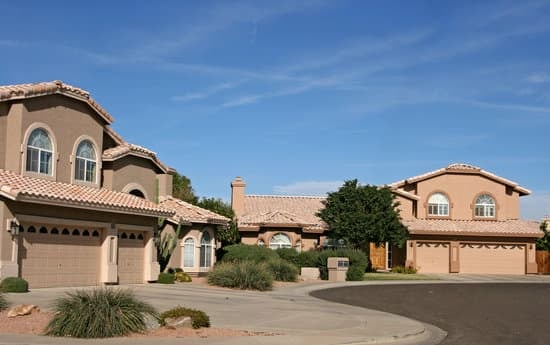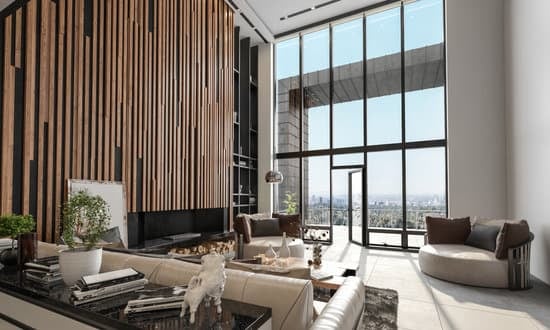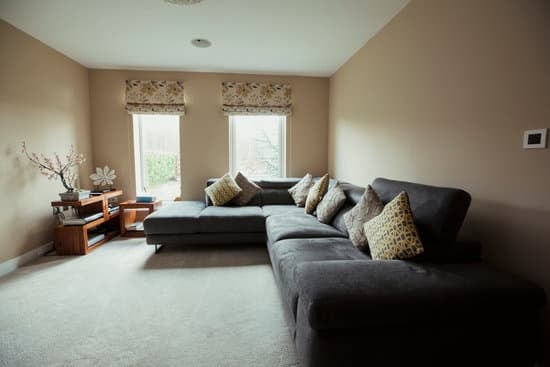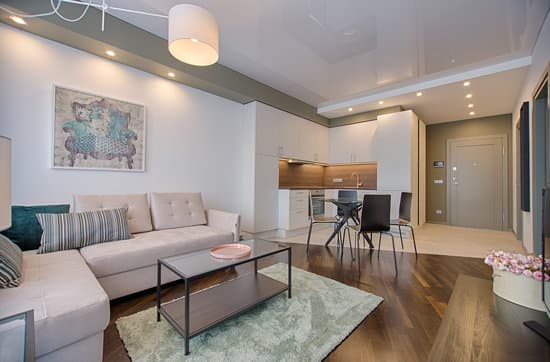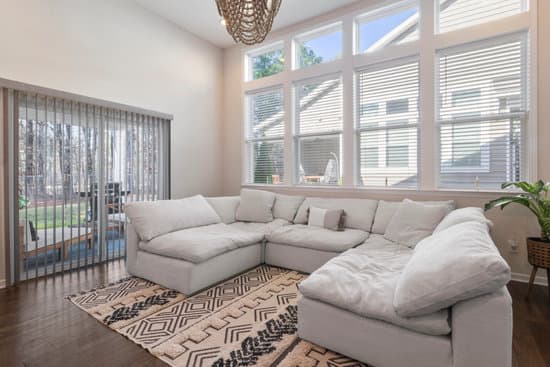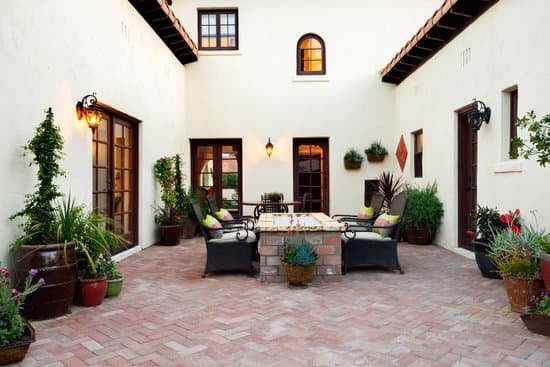The Elements of Art Deco Design: A Comprehensive Overview
In the 1920s and 1930s, Art Deco emerged as a popular design movement that celebrated the rise of technology, industrialization, and machine-made objects. It is characterized by a bold and lavish combination of geometric forms, intricate line art, and metallic colors such as chrome and gold. In this article, we will explore the key elements of Art Deco design that have made it one of the most enduring and beloved styles in the world of design.Symmetry in Art Deco
Symmetry is a key characteristic of Art Deco design. It’s all about balance and proportion as well as geometric shapes and patterns. Designers often used symmetrical motifs to create a sense of order, balance, and stability, which they believed symbolized modern progress and efficiency. Art Deco symmetry is often seen in the use of repeating patterns, particularly in flooring, wallpaper, and textiles. Art Deco-inspired homes often feature symmetrical exteriors with perfectly aligned windows, entryways, and other architectural elements. In furniture design, Art Deco often features symmetrical shapes and patterns in lighting fixtures, desks, and chairs. Key points:- Symmetry is one of the defining characteristics of Art Deco design.
- Art Deco symmetry is often achieved through the use of repeating patterns and geometric shapes.
- Symmetry symbolizes modern progress and efficiency.
Layered shapes in Art Deco design
Art Deco design often involves the combination and layering of geometric shapes, forming intricate and complex designs. The shapes used in Art Deco design tend to be simple and streamlined, such as triangles, circles, squares, and rectangles. These shapes are often placed on top of each other to create a visually arresting and multi-dimensional pattern. This layering effect can be seen in Art Deco architecture, particularly in the ornate designs of skyscrapers. It’s also evident in Art Deco jewelry, where intricate layers of geometric patterns are often used to create a dramatic effect. In furniture and lighting design, layered geometric shapes often take the form of stepped or tiered designs, offering a sense of depth and dimension. Key points:- Art Deco design often involves the layering of geometric shapes.
- Shapes used in Art Deco are simple and streamlined.
- The layering effect can be seen in architecture, jewelry, and furniture and lighting design.
Intricate line art elements in Art Deco
Intricate line art is another defining characteristic of Art Deco design. Artists and designers of the Art Deco era often used bold lines and intricate patterns to create visual interest and depth. These patterned lines were often hand-drawn or etched into metal or stone, giving Art Deco design a distinctive and luxurious look. In Art Deco textile and wallpaper design, intricate line art patterns are often used as a repeating motif. In architecture, Art Deco designers used intricate lines to create elaborate friezes and other decorative elements. In furniture and lighting design, Art Deco often features furniture with decorative edges and intricate patterns etched into the metal or wood. Key points:- Intricate line art is a defining element of Art Deco design.
- Designers used bold lines and intricate patterns to create visual interest and depth.
- These patterned lines are often hand-drawn or etched into metal or stone.
Rectilinear geometry in Art Deco design
Rectilinear geometry refers to the use of straight lines and right angles in Art Deco design. This geometric form is often used in Art Deco furniture and lighting design, as well as in the decorative elements found in buildings. Rectilinear geometry is often combined with other Art Deco elements, such as symmetry and layered shapes, to create a sense of visual complexity and depth. In Art Deco architecture, buildings often feature bold, linear designs that emphasize the use of rectilinear geometry. In furniture design, Art Deco often features streamlined chairs, desks, and lighting fixtures that emphasize the use of straight lines and right angles. This emphasis on rectilinear geometry often lends Art Deco a sense of modernity and efficiency. Key points:- Rectilinear geometry is the use of straight lines and right angles in Art Deco design.
- It is often combined with other Art Deco elements, such as symmetry and layered shapes, to create visual complexity and depth.
- Rectilinear geometry lends Art Deco a sense of modernity and efficiency.
Aerodynamic curves in Art Deco
Aerodynamic curves are another hallmark of Art Deco design. This design element involves the use of smooth, flowing lines that suggest speed, motion, and modernity. Aerodynamic curves can be seen in Art Deco architecture, particularly in the iconic designs of ocean liners and airplanes. In furniture and lighting design, aerodynamic curves often take the form of curved chair backs and lampshades. In the world of Art Deco jewelry, designers often used natural motifs and flowing curves to create intricate and visually striking pieces. The aerodynamic curves in Art Deco design represent a celebration of modern progress and the rise of technology, and it was a key design element that helped define the Art Deco era. Key points:- Aerodynamic curves are a hallmark of Art Deco design.
- Aerodynamic curves represent speed, motion, and modernity.
- In Art Deco jewelry, natural motifs are often combined with flowing curves to create intricate pieces.
Metallic colors in Art Deco: chrome and gold
Finally, Art Deco design is characterized by a bold and lavish use of metallic colors, particularly chrome and gold. These metallic colors were associated with modern progress, luxury, and glamour, and they were used extensively in Art Deco architecture, furniture, and lighting design. The sleek and shiny surfaces of chrome and gold were a perfect complement to the geometric and layered designs of Art Deco. In Art Deco jewelry, designers often used diamonds and other precious stones in combination with precious metals like gold and platinum to create extravagant, luxurious pieces. The use of metallic colors in Art Deco design reminds us of a time when the world was full of potential and possibility, and it continues to captivate and inspire designers today. Key points:- Art Deco design is characterized by a bold and lavish use of metallic colors.
- Metallic colors were associated with modern progress, luxury, and glamour.
- Chrome and gold were often used in furniture, lighting, and architecture, as well as in jewelry design.




